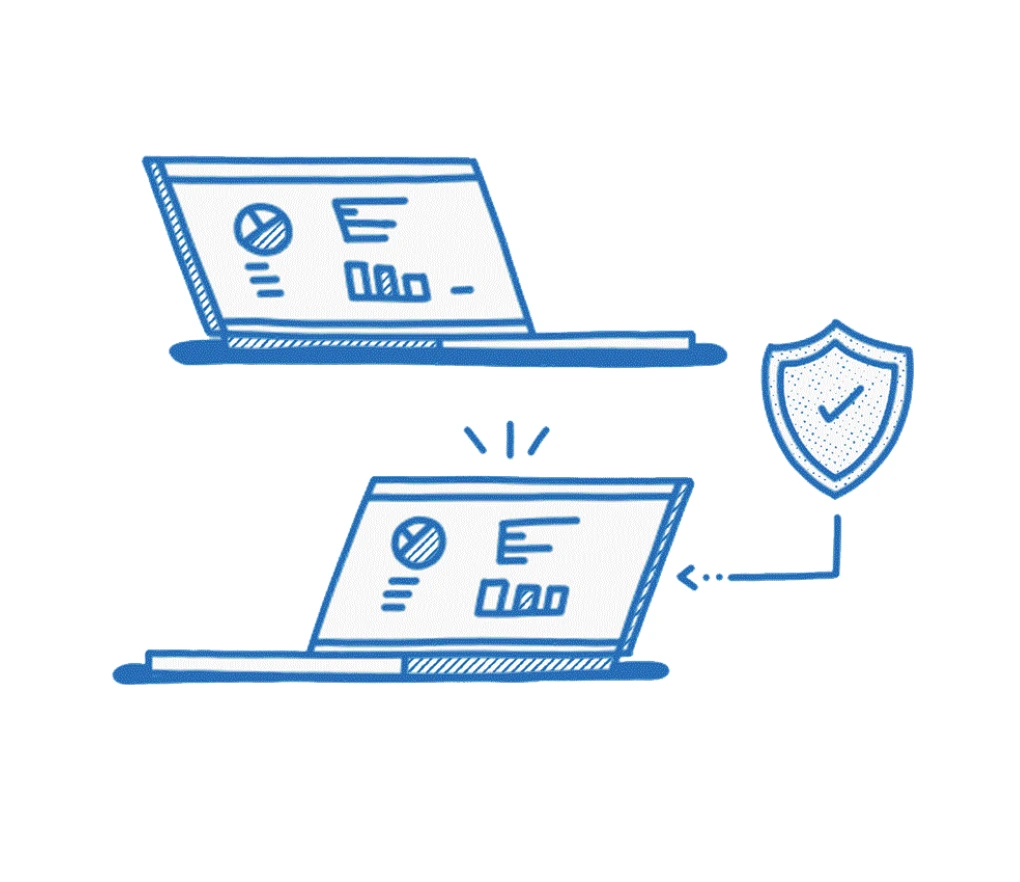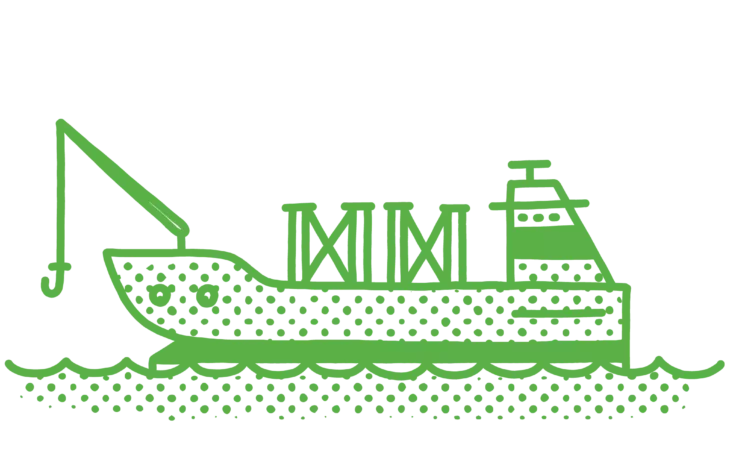
4 Benefits of Migrating Your Production Management Software to a Low-Code Cloud Platform
The oil and gas industry is in an era of incredible transformation, with significant change expected in the near future. McKinsey predicts energy investments may need to grow 4% annually to support the energy transition, with new technologies capturing ~65% of the investments. Now is the perfect time to consider ways to optimise operating processes for your production data management.
You can prepare for these changes by making process optimisations. Your legacy production data management and hydrocarbon accounting system is a great place to start.
Moving from complex production data management software to a low-code cloud platform gives your organisation adaptability when you need it the most.
These four benefits of migrating from your legacy system to low code software will help you navigate the oil and gas industry’s future landscape.
1. Gained control and transparency
There’s no one-size-fits-all requirement for your portfolio of assets. You’ve probably spent considerable resources building a custom production data management solution that fits your company’s current unique needs.
The result is complexity and a lack of transparency that forces you to blindly trust it’s doing its job accurately. It also means extending your reliance on software engineers for costly maintenance and management.
The alternative is EnergySys’ low-code cloud platform. It provides business users with end-to-end transparency because it speaks their language, Excel.
Used in place of a traditional language, like Java or C#, Excel allows everyone to create, modify or review the application logic quickly and easily. Not only can they inspect the details of the logic that make up their applications, they can also review comprehensive logs of every individual execution of a calculation process, also using Excel. This means they can understand exactly how every result was derived, and can audit every change to any data item in the system.
This ensures that you’ll avoid the steep learning curve that often comes with a new software platform. It also empowers business users to take control of their software.
2. The flexibility to support evolving needs
With annual energy supply and production investments expected to double by 2035, you can be certain your software needs will evolve continually.
Customising your legacy production data management system to meet the escalating demands would require potentially prohibitive engineering costs.
With low-code cloud platforms like EnergySys, you can adapt your platform to fit your needs. Whether it’s mergers and acquisitions (M&A), emerging technologies, changing C-suite reports or escalating regulations, you can achieve it on your schedule, not that of your software vendor.
For example, with the EnergySys platform’s built-in calculation engine, users configure all their business rules using Excel formulae. They can even configure workflows to define linked processes, then automate their execution based on predefined events or specific times. They can build attractive reports and dashboards as needed. This means that they have the means to reconfigure their software to incorporate new requirements – at any time.
3. Added capabilities through powerful integrations and templates
One of the advantages of a low-code platform like EnergySys is that it is intended to be used by business people, not software engineers. The person who defines the requirements can also build the system to meet them. While that’s appealing, in most practical situations those business experts don’t have the time to create a new application and continue with their day job. That’s where EnergySys partners come in.
They are business experts, too, who can help you implement your application using the same low-code tools that you would use yourself. They have experience with using the platform, integrating it with external systems like data historians, adding automations and building reports.
They can provide template applications that can form the foundation of your own solution. There are template applications available for many aspects of upstream oil and gas operations. The applications include production accounting, cargo dispatching, pipeline transportation, marine vetting, partner-operated assets, emissions tracking and reporting.
You can run the template applications as delivered or they can be easily modified to precisely meet your needs.
4. Lowered total cost of ownership
Supporting legacy software incurs high costs and IT time consumed by the need to procure and maintain on-premises infrastructure. And because you have customised your software, you are shouldering much of the development and upgrade costs alone.
By migrating your applications to the cloud, you eliminate the need for on-premises hardware and resources to run them. Upgrading your software becomes seamless as the cloud platform pushes updates, upgrades, innovations and advances live on the platform without any added costs to you – and without any impact on your existing applications.
No more costly upgrade projects whenever the underlying software components need upgrading. Add this to the ease of application implementation and modification and, over the life of the system, the total cost of ownership is considerably lower.
The solution is easier than you thought possible
There’s much speculation about the oil and gas industry’s future, but we are certain that it will look very different in 10 years than it does today.
Another certainty? The challenges your customised legacy accounting software will pose as you work through these unavoidable changes.
EnergySys has found a new way to create the applications you need to succeed as you face constantly changing market forces. It’s easy to use and maintain and more flexible than you may have ever thought possible.
How can low code transform your business?
In an industry that is rapidly evolving, companies require the most flexible software available to stay ahead of the curve. This is where the configurability and ease of low code software comes into play. For an overview of all things low code, have a look at our one-pager.
See some of our other posts
EnergySys and TechxSA form powerhouse partnership
Based in India, Quadface are well known within APAC for their application management and professional services. They offer an array of consulting services to their customers, including implementation, end user support, business consulting, quality assurance and business analytics.
Optimising LNG Vessel Scheduling with Monte Carlo Simulation
By incorporating demand variation, voyage durations, and port delays, the model captures some of the complexities of the LNG supply chain. This leads to improved scheduling accuracy, enhanced resource utilisation, effective risk management, and high customer satisfaction.
Methods for Cargo Berth Scheduling
With its intuitive interface, robust features, and seamless integration capabilities, EnergySys emerges as a trusted partner for port operators seeking to optimise cargo handling processes and drive business success.


